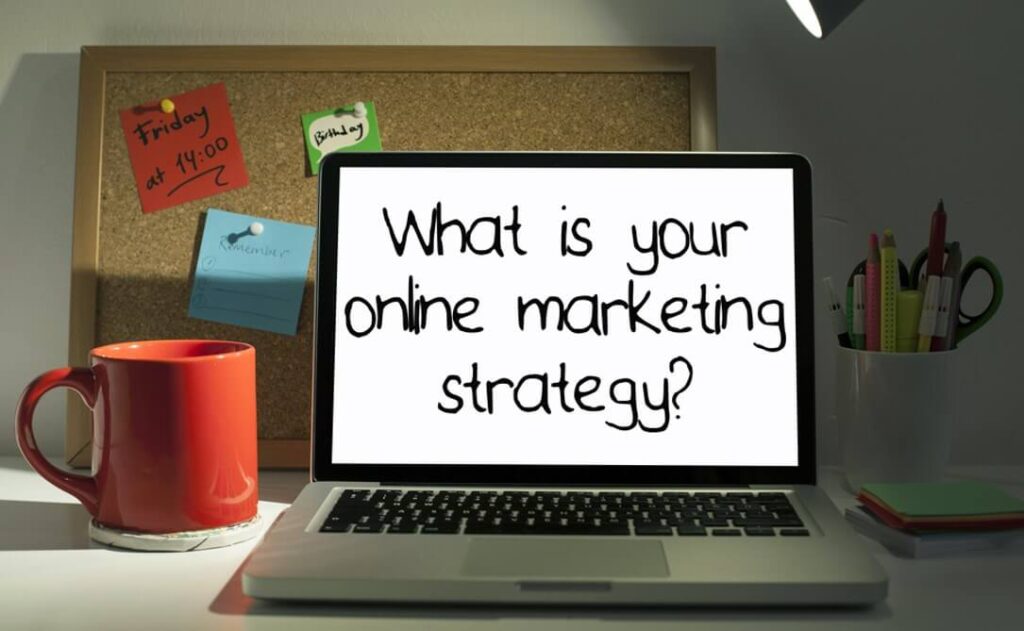One of the most critical marketing strategies these days is online advertising because it uses one of the most powerful communications channels, the internet, to reach potential customers across a wide array of demographics.
Due to its versatility and widespread use, the internet can distribute many different forms of advertising in a way that traditional advertising never could.
Contrary to other media, for example, radio or television ads or outdoor advertising like billboards, a brand can use one or more forms of advertising to get through to users worldwide.
Some of these forms of advertising can include product listings, displays, native advertising, social media ads, and email advertising, among others.
For brands and companies just starting, the different digital ad forms can be highly cost-effective compared to the outreach and results they produce. But, with all the different options available, choosing just one of the many other formats can be somewhat overwhelming.
This article aims to help you determine which of the many digital advertising forms is the best option for your business, so let’s get started down the fascinating path of online ads.
Forms of Advertising Online: Formats and Advantages
As mentioned above, online advertising uses the internet to distribute display ads that can appear in various settings, including social media, websites, emails, and more.
One of the greatest benefits of online advertising is that, unlike more traditional print ads, billboard advertising, direct marketing, or broadcast advertising, they can be targeted to a specific group.
Instead of simply being aired hoping that a brand’s desired demographic sees them, you can target online advertisements to reach only a particular gender, location, and other groups.
Digital media also allows online ads to be highly interactive, allowing the user to be redirected to a brand’s website or blog with an easy click of a display ad.
Additionally, online ads allow brands to track various metrics and statistics to help them determine how successful each marketing campaign has been, something you could never do with a traditional ad campaign.
This lets them optimize their ads for future campaigns. So, with this in mind, let’s move forward into the most popular online advertising forms.


1. Product Listings
Also known as Product Listing Ads, PLAs, or shopping advertisements will appear at the top of a search engine’s results when a user searches for a particular product or service.
They are typical Pay-Per-Click types and will show up with an “Ad” label, which lets users know what they will be clicking on.
One of the most significant advantages of this kind of product advertising is that they are an excellent way to direct traffic to a brand that hasn’t developed solid SEO results or a new website.
2. Banners
These forms of advertising are also called display ads and are one of the oldest online advertising forms. Use them by purchasing space on a website where you will place the ad to increase brand awareness.
One of the significant advantages of banner ads is their ability to attract users who have never heard of the brand before. This type of online advertising can also target specific demographics and be set up to appear at a particular time of the day.
Other advantages include their ability to be customized in size and shape, where they are located, and even the type of content they hold, which can be anything from plain text to videos!
On the other hand, there is one significant disadvantage to using banner ads, and it has to do with the overpopulation of these advertisements throughout the internet. This leads to users mostly choosing to ignore them or using ad-blocking software to avoid seeing them at all.
3. Affiliate Advertising
Also known as affiliate marketing, this type of online advertising involves one website promoting another’s advertisement in return for a previously agreed commission for every lead converted into a sale thanks to the click on the brand’s ad.
The largest benefit of this type of ad is that ROI tends to be relatively high, mostly because the brand placing the advertisement only pays a commission on the clicks that result in sales.
It also represents an excellent way to engage a specific demographic, depending on the site in which you place your ad.
4. Native Advertisement
Native ads have the particular characteristic of not being obvious. They are designed to be cohesive with the site’s overall design.
An excellent example of these forms of advertising is Facebook posts which can seem like regular posts but will transform into a digital ad after the first few lines.
One of the most critical advantages of native ads is that they don’t disrupt a user’s experience on a website like a pop-up or banner, which is very important to most users.
Because they aren’t obtrusive, native advertising gets twice as many clicks than any other type, making it more successful than ads that tend to interrupt a potential customer’s interaction with the website.
5. Social Media Advertising
Due to the incredibly high traffic on social media platforms, these channels represent one of the greatest marketing strategy opportunities on the internet.
Social media marketing allows brands to choose their target demographic based on specific characteristics, such as age, gender, interests, and prior purchase history.
This marketing strategy lets you reach your ideal niche with an ad created specifically for the demographic you want to interact with.
The most significant advantage of using social media ads is that the target audience can share and like the Instagram or Facebook ads they are interested in.
This can help you reach a broader demographic than initially planned, making it more affordable and with a better ROI than any other type of digital marketing.


While these aren’t all the forms of advertising online that are available to brands and companies today, they are the most popular and effective.
Whichever one you choose for your online marketing campaign, always use it with at least one more, such as videos, email marketing, etc., to ensure your brand’s marketing success!
